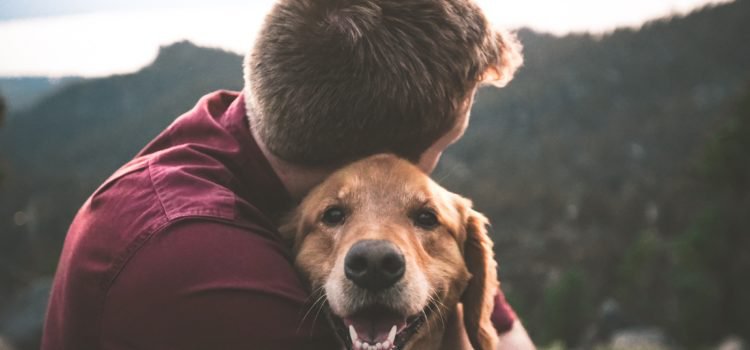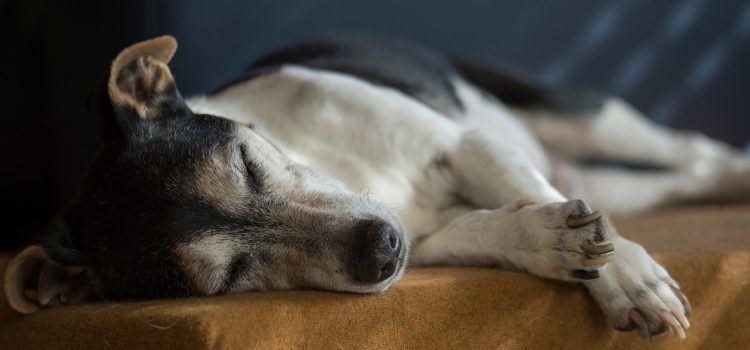Successful introductions depends a lot on each dog’s previous experiences with other dogs and how well the first introduction goes. Every effort should be made to set things up to ensure a positive and uneventful meeting and not to take unnecessary risks or short cuts. A fight during the first introduction can leave a lasting impression.
If your resident dog/s has not been positively socialised with other dogs or if you are bringing in an young or adult dog into your home you might consider a trainer or behaviourist to assist you in the initial introduction.
The introduction
The best place to introduce the dogs to each other is a location where your resident dog is accustomed to meet other dogs and has a history of playful interaction with strange dogs. Each dog should have a handler with lots of tasty treats. The owner/s should be relaxed and upbeat as owner anxiety could cause the resident dog to associate the changes in the owner’s behaviour to the presence of the other/new dog. The possibility exist also that the both dogs may cross-attribute the owner’s anxiety to each other and cause the dogs to become tense and apprehensive and interpret the situation as unsafe therefore creating mutual vigilance, agitation and intolerance.
Being confident and jolly can help both dogs to relax and become less ambivalent towards each other.
If you have more than one resident dog then it is best to do introductions one at a time to the new dog. It might take longer, but it is the safest and most successful way to ensure a happy relationship between them.
Avoid face-to-face or stationary introductions as it could be too confrontational to one or both dogs. Start your introduction by taking them for a walk by walking parallel with each other. While the dogs are walking it gives them the opportunity to also sniff and investigate their environment and takes the intense initial attention off each other, while at the same time they are both having a positive experience while in the presence of the other dog.
Handlers can at this stage give them treats and speak to them in a jolly upbeat manner. Treats can also be given if the dog shows any pro-social interest in the other dog. This way the dog starts to associate the other with something positive.
As the dogs start to relax they can be brought closer to each other whilst still walking. Leashes should be kept loose, sometimes this is difficult, but try to have a loose lead as much as possible. Pulling on the lead could cause tension and lead to reactivity. You can also take turns to play with one dog or throw a toy while the other dog watches. This can reduce tension and prime the dog with arousal that is more conducive with positive social interaction.
If at any stage one dog (or both) become reactive or show any threatening behaviours the offending dog/s are gently but firmly pulled away and the walk is continued as if nothing has happened.
Do not wait for tension or an altercation to escalate before separating them. The quicker tension is diffused the better. Do not verbally or physically punish the dog/s as negative associations could be made with the other dog and it adds tension to the situation. The goal of the initial introduction is to increase familiarity with each other to set the stage to allow sufficient social attraction between the dogs to generate play.
When they become more relaxed with each other presence then you can allow them to have interaction by allowing them to sniff and investigate each other. At this stage long leashes/lines can be used so ensure they have freedom to move around each other and display appropriate body language towards each other. Short leashes might inhibit the dog to display complete body language.
Long leashes also give the dog/s a flight option, should they feel overwhelmed. At the same time it still allows you to separate them should you need to. It might be tricky, but try and keep the leashes untangled, should you need to separate them.
If you know some Tellington ttouch bodywork you could also do some touches on them before and between interactions, to help them calm down and relax. A body wrap might also help them to relax and increase confidence. (See other articles on the website about ttouch, the benefits of massage and the body wrap.)
Keep the initial interaction short. Depending on the dogs, the initial interaction could be a few seconds. Call them away from each other and walk again and treat and play. Then allow them to interact again for a longer period and separate them again. This prevents arousal levels from becoming too high too quickly. With time you can allow them longer and longer interactions. You can do this until you feel comfortable that the dogs are getting along. By this time one or both of them might initiate play. Allow short burst of play at a time, also to prevent the dogs from becoming too aroused around each other.
Bring the dogs back home.
Once the introduction has been successful you can take the dogs home. All dog beds and toys should be picked up before the dogs are brought home.
You can even bring them in the house on their leashes and walk around the property with them while they interact with each other. This allows the new dog to explore the new home environment. When you see they are relaxed then you take the leashes off. (If you are unsure then just attach a dragline on the dog/s) A drag line is a leash with the loop cut off, so that it cannot hook on to something. A dragline is used so that if a fight happens that you can safely pull them apart without possibly getting bitten in the process.)
Gradually bedding and toys can be placed down one at a time to see how the two dogs behave. A dog that has been an only dog for a while might be possessive of his/her toys. If the new dog is a young, adult, or shelter dog you must first assess how s/he will behave with toys with your dog present.
Interactions at home
You may observe ‘disciplining’ and limit setting behaviour from the adult dog towards the new puppy that might seem severe, but it is very rare for an adult dog to injure a puppy. Canine behaviour towards puppies are governed by a social ‘code’ that forbids injurious bites or life-threatening attacks. How ever it can happen and such dog should not share a household with a puppy.
Various factors will determine the interaction with the dogs at home, such as age, developmental stage and health of the dogs i.e. younger dogs are much more tolerant and even playful towards puppies than older or ill dogs. Highly active and hyper puppies can be source of distress to a much older dog. A confident sociable dog will rapidly establish appropriate limits and boundaries for the puppy, which the owner should not interfere with.
If a puppy continuously ignores these limit setting behaviours from the older dog, especially if the older dog is ill or has mobility problems such as arthritis, the puppy should be removed to prevent the older dog from becoming increasingly irritable with the puppy.
On the other hand a nervous or insecure dog may try to avoid a bouncy and socially intrusive puppy. If such interactions are allowed to persist continuously, irritability and intolerance to social contact towards the puppy can occur, setting the stage for tension between the two dogs.
It is best to foster and facilitate interaction rather than to dictate a relationship of how you think it should be between the two.
Generally giving the resident dog the support and the benefit of the doubt in its efforts to ‘dissipline’ the new puppy’s behaviour is beneficial to their social relationship. If the side of the puppy or new dog is taken you run the risk of establishing a highly undesirable alliance and misperception that can exert long-term destabilizing effects on the dog’sandnbsp; relationship with each other.
To increase the social attraction between the two, the resident dog should be provided with appetitive and social rewards given in the presence of the new dog or puppy. The resident dog should continue to receive exclusive alone-time with the owner to reduce the risk of competitive behaviour over the owner’s attention and affections.
If there are any issues or intolerances between the dogs they should be separated when you are not at home, with the resident dog having the preferred area/location. When you are home interaction should be supervised until such a time that you feel comfortable with leaving them together when you are not present.
All pro-social interactions from either dog should be rewarded by using praise or treats (if there are no food guarding issues between the two dogs.)
Most dogs gradually learn to accept and enjoy the new addition to the household. Allow time for adaptation (for both dogs) as some behaviours such as house soiling or inappropriate chewing may occur (by either dog) due to the adaptation ‘stress’ of living and sharing an environment with another dog, especially if the new addition is a shelter dog. Allow leeway for minor changes such as temporary bedding and feeding locations until things have settled down.
Copyright Claire Grobbelaar




Leave a Reply